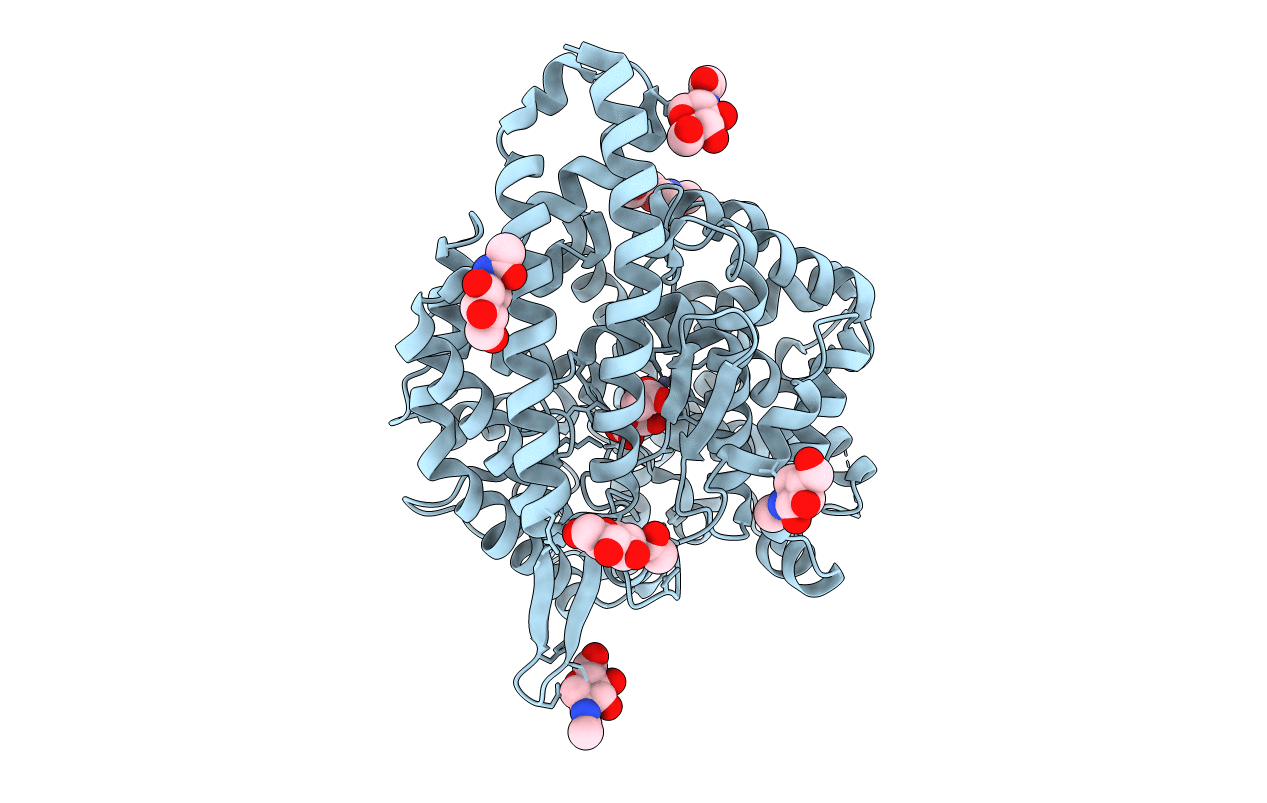
Deposition Date
2002-11-26
Release Date
2003-02-07
Last Version Date
2025-10-01
Entry Detail
PDB ID:
1O8A
Keywords:
Title:
Crystal Structure of Human Angiotensin Converting Enzyme (Native).
Biological Source:
Source Organism:
HOMO SAPIENS (Taxon ID: 9606)
Host Organism:
Method Details:
Experimental Method:
Resolution:
2.00 Å
R-Value Free:
0.22
R-Value Work:
0.18
R-Value Observed:
0.18
Space Group:
P 21 21 21


